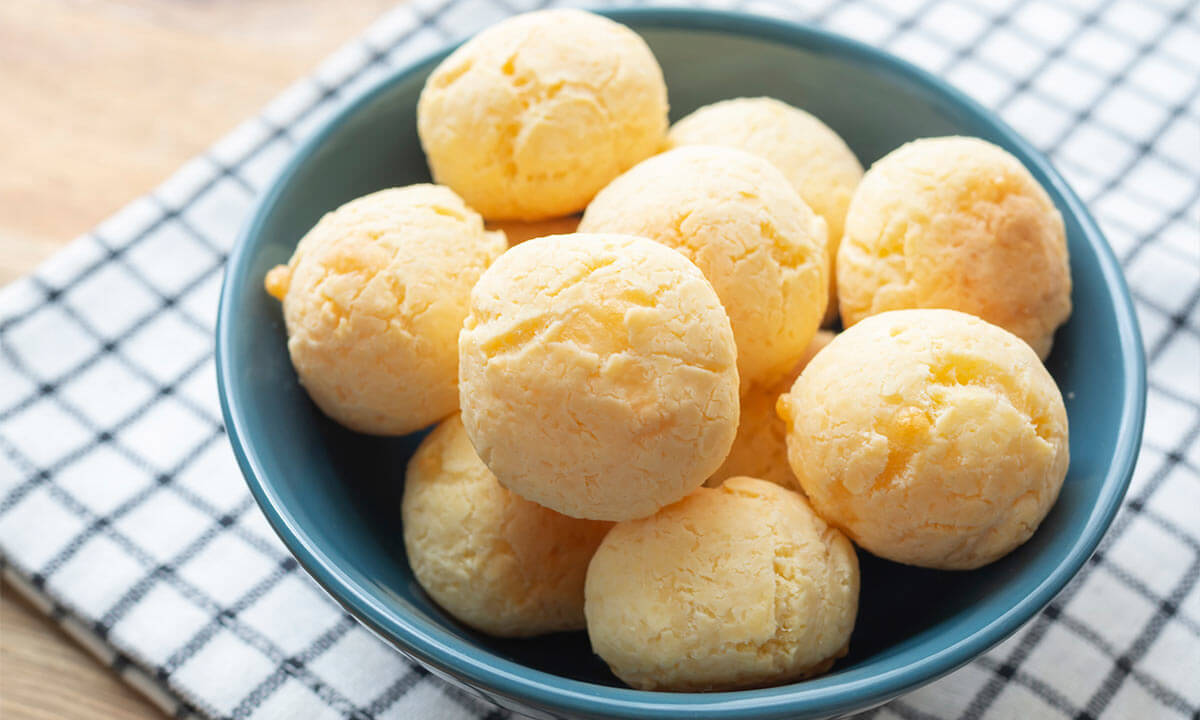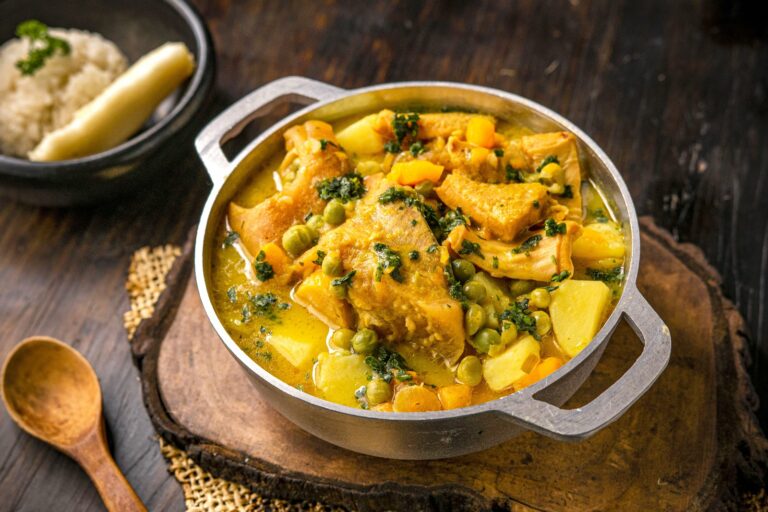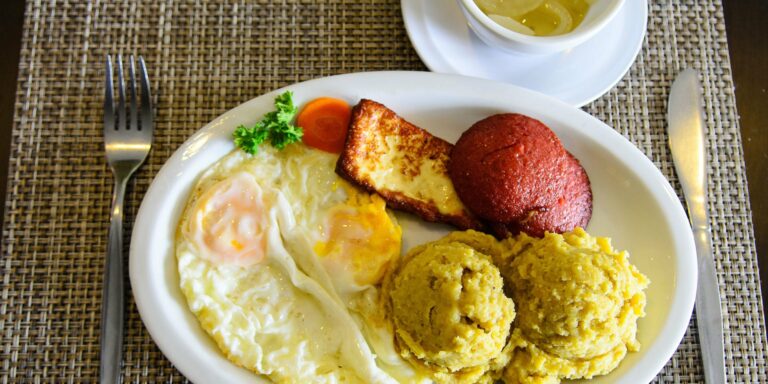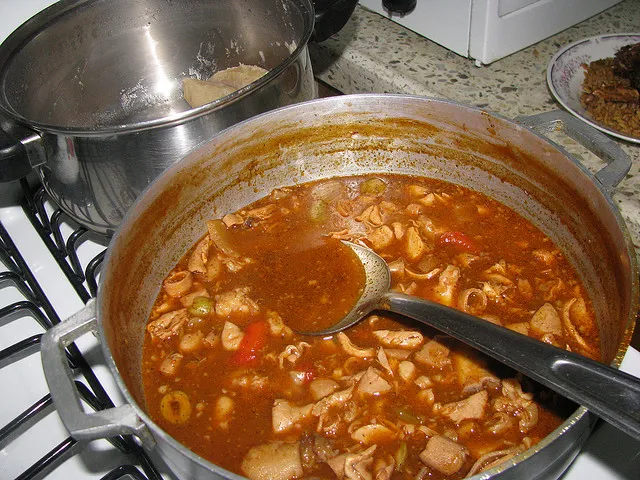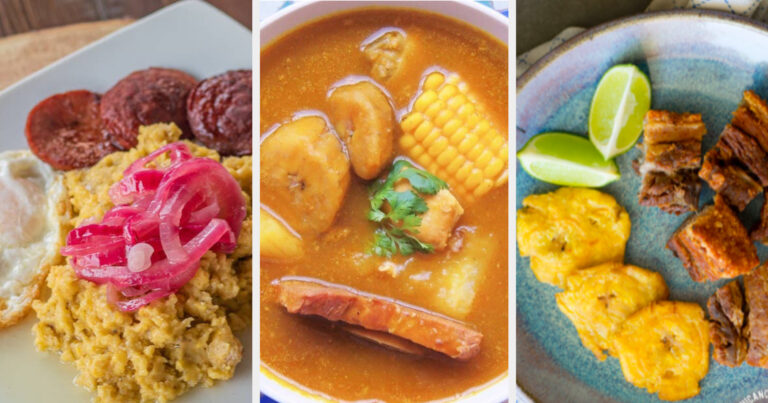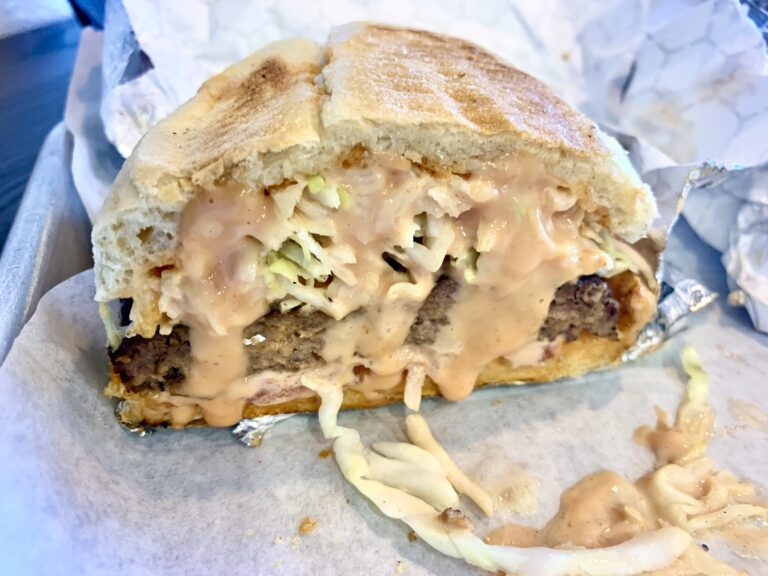Introduction
The Dominican Republic is renowned for its vibrant culture, friendly people, and delicious food. The country’s cuisine is a unique blend of African, Spanish, and indigenous influences, making it a fascinating and exciting culinary destination. One of the best ways to experience the diverse flavors of Dominican cuisine is by attending one of the many street food festivals and events held throughout the year.
Santo Domingo Food Festival
The Santo Domingo Food Festival is one of the most popular food festivals in the Dominican Republic. Held annually in the country’s capital city, the festival brings together some of the best street food vendors and chefs from across the country. Visitors can sample a wide range of dishes, including local favorites like empanadas, yaroa, and chicharrones. The festival also features live music, cooking demonstrations, and a variety of other cultural events.
Dominican Republic Food & Drink Festival
The Dominican Republic Food & Drink Festival is another popular event that takes place in Santo Domingo. This festival is a celebration of the country’s rich culinary heritage and features a variety of food and drink vendors, cooking demonstrations, and live entertainment. Visitors can sample traditional dishes like sancocho and mofongo, as well as a range of international cuisines.
Puerto Plata Gastronomic Festival
The Puerto Plata Gastronomic Festival is a three-day culinary event that takes place in the beautiful seaside town of Puerto Plata. The festival features a variety of food and drink vendors, cooking demonstrations, and cultural events. Visitors can sample local specialties like fried fish, rice and beans, and tostones, as well as international cuisines.
Dominican Republic Street Food Festival
The Dominican Republic Street Food Festival is a popular event that takes place in Santo Domingo. The festival brings together some of the best street food vendors from across the country, offering visitors the opportunity to sample a wide range of dishes. From traditional Dominican specialties to international cuisines, there is something for everyone at this festival.
Dominican Republic Foodie Festival
The Dominican Republic Foodie Festival is a five-day culinary event that takes place in Punta Cana. The festival features a variety of food and drink vendors, cooking demonstrations, and cultural events. Visitors can sample local specialties like conch fritters, as well as international cuisines. The festival also features live music, dance performances, and other cultural activities.
Samaná Gourmet Festival
The Samaná Gourmet Festival is a three-day event that takes place in the beautiful Samaná Peninsula. The festival features a variety of food and drink vendors, cooking demonstrations, and cultural events. Visitors can sample local specialties like seafood paella and plantain lasagna, as well as international cuisines. The festival also features live music, dance performances, and other cultural activities.
Conclusion
The Dominican Republic is a culinary paradise, and its street food festivals and events are a great way to experience the country’s diverse and delicious cuisine. Whether you’re a foodie or simply love trying new things, these festivals offer something for everyone. From the Santo Domingo Food Festival to the Samaná Gourmet Festival, there are plenty of opportunities to taste the best food that the Dominican Republic has to offer.




